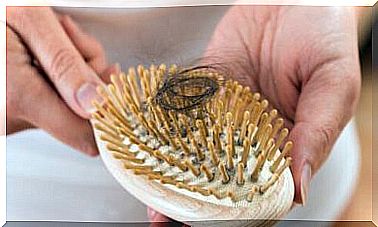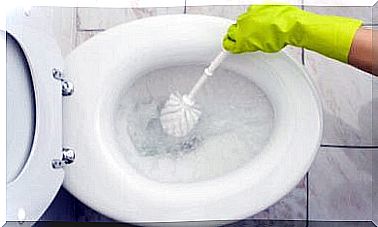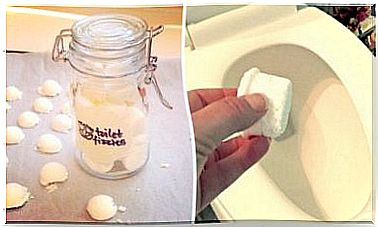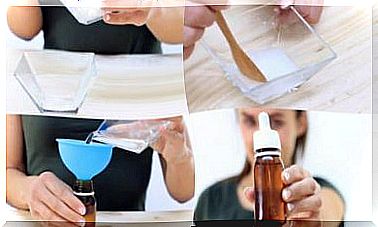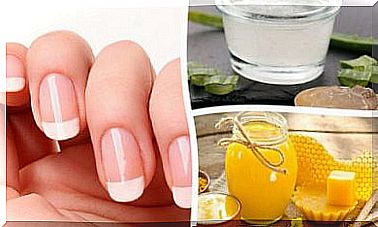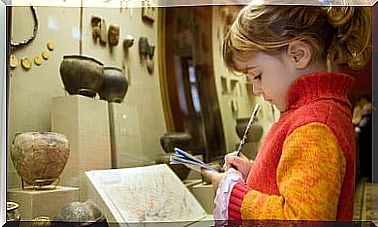What You Have To Consider When Taking Care Of The Navel For Newborns
When taking care of the navel, it is best to stick to the motto: less is more. Interfere with the natural process as little as possible. Basic hygiene measures are sufficient. You should also keep the area dry.
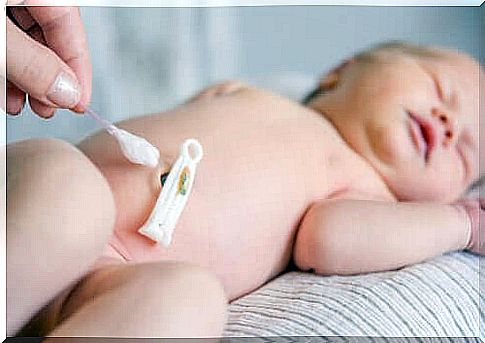
The umbilical care in newborns calls for many parents produced some uncertainty, especially if they do not have any experience in this field. But don’t worry, if you stick to a few simple basics, the rest of the umbilical cord will come off easily and heal well.
As long as the baby is in the uterus, it is nourished through the umbilical cord. After the birth, this is cut as it has no function. The newborn’s navel is what’s left of it. The umbilical cord stub gradually dries up until it finally comes off.
In the navel care in newborns , it is basically a question of avoiding infection. Adequate hygiene and simple precautions are usually enough. With the right measures, the stub will fall off all by itself in two to three weeks.
The navel of newborn babies
At birth, the doctor or midwife cuts the umbilical cord about 4 centimeters above the baby’s stomach. For this purpose, homeostatic forceps are used to stop the bleeding. The umbilical cord stump is clamped off with a special plastic clamp.
Over time, the stub dries, wrinkles and turns brownish until it finally falls off. It all happens within eight to ten days. It can take a few days longer for c-section babies.
After falling off, an injury remains that will heal in about three to five more days. During this period, you should take special care to avoid infection or other complications. After that, you don’t have to worry about it anymore.

Navel care in newborns
Umbilical care for newborns is complete when the area is properly scarred. There are many myths on this subject. It used to be believed that it would be best to treat the navel with 70% alcohol, either alone or in combination with an antiseptic such as chlorhexidine.
However, various studies show that this can even prolong the fall of the navel. Therefore this type of treatment is only recommended if the baby grows up in an environment with poor hygienic conditions. If it doesn’t, the only rule is to keep the navel clean and dry.
This includes some basic measures, such as the following:
- You should wash your hands thoroughly before bathing or dressing the baby.
- Don’t pull on the umbilical cord stump, it will fall off on its own when it’s time.
- You can bathe the baby without any problems. Just make sure to dry your navel well after you take a bath.
- If urine or excrement gets on the navel area, you should clean it with a cloth or lukewarm water.
- The navel area should not be covered by the diaper or clothing.
How to properly care for the navel of newborns
You should nurse the newborn’s navel until the scarring is completely gone. This is a simple process that you should do after you bathe. To do this, just follow the steps below:
- Gently dry the baby all over after bathing .
- The own wash hands well with soap and water.
- Soak a sterile bandage with a mixture of lukewarm water and neutral soap, or alcohol if the area is not so hygienic.
- Thoroughly clean the entire area around the navel and the surface.
- Dry the entire area well with gauze.
- You can also use cotton balls and products that contain iodine.
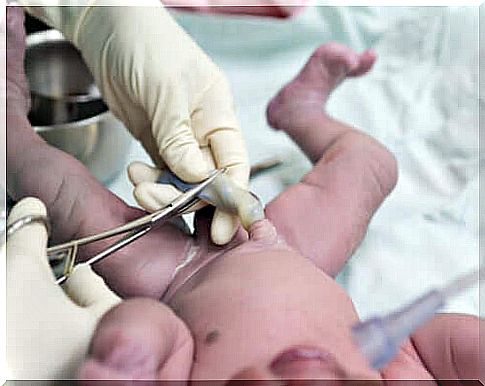
Umbilical care in newborns: potential problems
If the scarring has not started after 20 days, there is a possibility of omphalitis (inflammation of the belly button). In this case, the area is usually reddened and hardened. It may also develop pus or a bloody, foul-smelling discharge. If this happens, you should seek advice from a pediatrician.
If the navel drops, it is normal for the area to bleed easily. However, if the bleeding is heavy or does not stop, apply a sterile dressing to the wound and seek medical advice. Sometimes an umbilical granuloma forms with the scarring. While this is not a bad thing, it should be checked by a pediatrician.
Sometimes a bulge in the navel that resembles a hernia forms. This is not a problem and will usually go away in 2 to 3 years. The navel can also bulge, which could indicate an umbilical hernia. The pediatrician can tell you what to do in this case.
